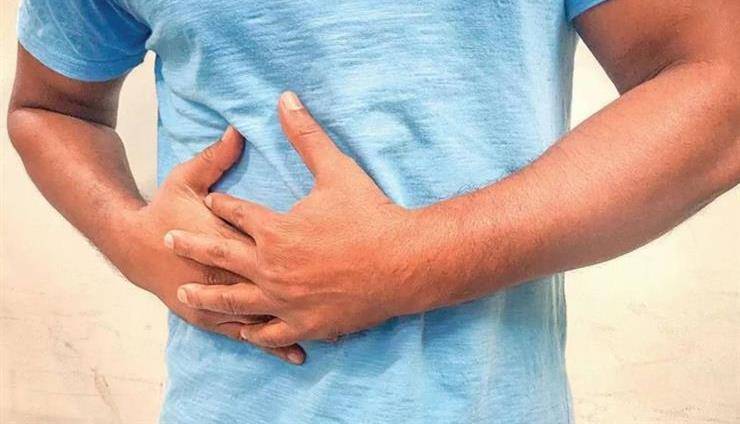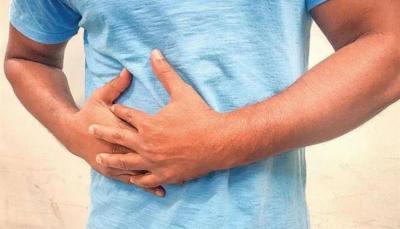The liver is one of the most important organs in the body, responsible for detoxifying the blood, metabolizing fats and carbohydrates, and producing essential substances that allow other parts of the body to function. If the liver is not functioning properly, it can lead to serious health problems and even be fatal. According to health experts, there are specific signs indicating liver damage, as reported by Eat This Not That.
**Swelling**
One of the main signs, according to the Cleveland Clinic, is fluid retention, which is one of the most common symptoms of liver damage. About 50% of people with liver cirrhosis, the most severe form of liver disease, experience this. It occurs when scar tissue replaces healthy liver tissue. Fluid retention can cause swelling in the arms, legs, or abdomen when the liver can no longer produce albumin, a protein that prevents fluids from leaking from blood vessels into tissues. This leaked fluid can accumulate in the ankles, legs, and abdomen, causing painful swelling.
**Jaundice**
The second sign is jaundice, or yellowing of the eyes or skin, which is another common sign of liver damage. This occurs when the liver is unable to filter bilirubin, a natural chemical produced by red blood cells, from the blood effectively. This can also cause the eyes and skin to turn yellow.
**Dark Urine**
Additionally, dark urine (which may be orange, amber, or brown) is another sign that damaged liver has allowed bilirubin to accumulate in the blood. If you notice that your urine is darker than usual, it is advisable to contact your doctor as soon as possible.
**Stool Color**
Some individuals with liver damage may notice changes in their stool. It may be lighter than usual, shifting from yellow to clay, or even grey or white. This may indicate that the damaged liver is having trouble processing bile, which normally turns stool brown. Floating stool may signify that the damaged liver is no longer able to process fats optimally.
**Abdominal Pain**
Lastly, the presence of abdominal pain, such as a mild ache, fluttering, or a stabbing sensation in the upper right abdomen, just below your ribs, can occur. Swelling due to fluid retention (known as ascites) and the enlargement of the spleen and liver due to cirrhosis can lead to discomfort in the abdomen.




